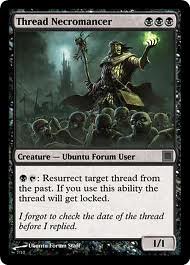Reply 20 of 31, by LR35902
- Rank
- Newbie
Very nice benchmarking. Might be interesting to compare results to that of the '686 comparison' sticky, but different hardware configurations might already make direct comparisons troublesome. In it the Pro and mmx seem more evenly matched in for example Quake 2.
Good to see the pro keeping up... except in Doom. Doom really doesn't care about the pro. Maybe a lot of optimized 16 bit register accesses going on in there that trouble the original P6?
Anyway, very nicely done.
wrote:wrote:some interesting results there. i wonder if the pentium pro suffers any penalty from running win98se (mixed 16/32-bit code), it would be interesting to rerun some of this on win2k. of course the pii has better l1 cache as well, i believe.
mmx seems nearly irrelevant in most cases from what i can tell, unless diablo 2 actually uses it, but i'd take the "pmmx>ppro" conclusion with a grain of salt for now. generally i think it would have been better to do all tests with the same amount of memory, 64mb to not penalize the socket7 system and use the same hdd for all.
What was the general loss in performance when running 16/32 bit code on the PPro? I can't imagine this being as vital as was propagated - seems more like a maketing "gag" of that era.
This would be a nice continuation test for these three systems. Running a program with heavy 16 bit register ussage, first on the original pentium/pentium with mmx, then on the Pro that had trouble combining its OOO execution with partial registers and finally the Pentium II that supposedly fixed this.

